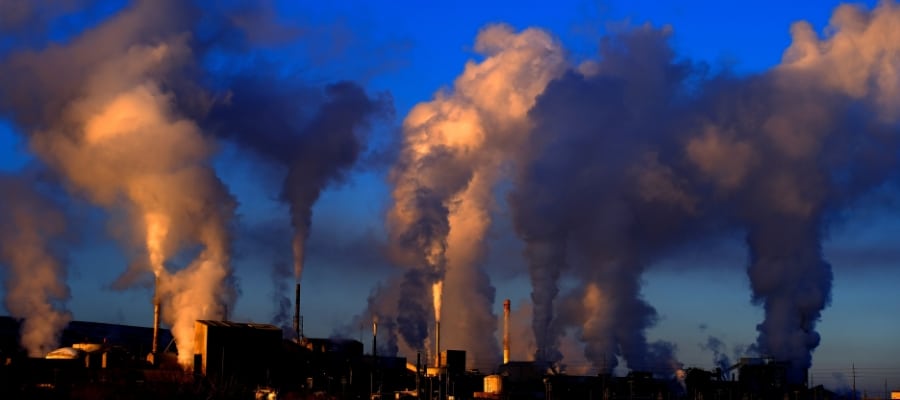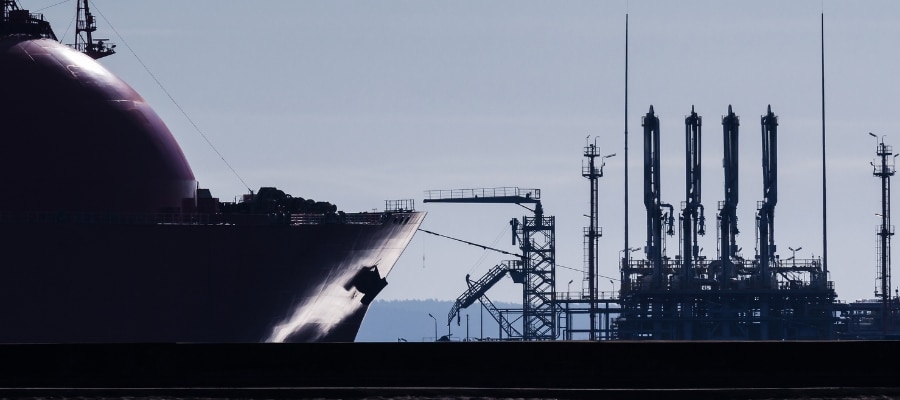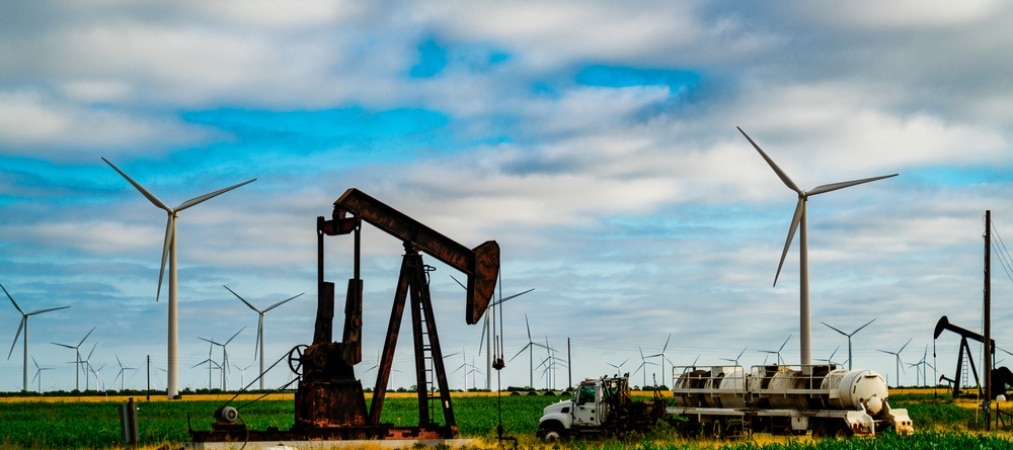It is sometimes overlooked, but in 2022, the International Energy Agency (IEA) first stated that there was no room for new oil and gas midstream infrastructure, and not only new oil and gas fields, in its Net Zero by 2050 scenario. This statement particularly highlights liquefied natural gas (LNG) facilities: in addition to being incompatible with the goals of the Paris agreement, they are a threat to the climate, the environment and local communities. Still, they are strongly supported by the financial sector, including banks.
Liquid gas flows, so does money
Taking place in the midstream part of the oil and gas value chain, liquefaction (to export) and regasification (to import) enable gas to be transported overseas, wherever transport by pipeline is too complex. LNG has expanded quickly since the energy crisis resulting from the post-Covid 19 pandemic recovery, and even more so since the war in Ukraine. Worldwide, there has been a massive development of LNG. As of 2022, all the terminals that have been proposed, approved or which are under construction, would result in a 235% increase in capacity and 1.9 GtCO₂ of overshoot compared to the IEA’s net zero pathway (1).
Big banks bear a heavy responsibility for this expansion, because they provide finance for LNG projects, and financial services for the companies developing them. The top 60 banks have provided $122.2 billion (2) to the biggest firms operating and/or developing LNG (3) between 2016-2022, and this support is not fading away. Indeed, almost none of the banks have a sector policy targeting LNG that would prevent them from providing support. Out of the 100 largest banks (4), only one has a strong exclusion policy for the midstream part of the value chain, and that is the French bank, La Banque Postale (5), which excludes all companies from the Global Oil and Gas Exit List. All the others are essentially free to fund LNG.
Liquefaction terminals: the illusions of banks’ policies
Some banks have made timid commitments to giving up part of this profitable business, by restraining financing for some liquefaction terminals. But project-related financing accounts for only a minor share of fossil fuel finance (6). In addition, banks’ commitments can be misleading as they are often vague enough to mean business almost-as-usual. Such is the case for the Dutch bank ING, which excludes support for midstream infrastructure that “unlocks new oil and gas fields”, without defining what this includes. Others have similar restrictions, sometimes with slightly different wording (7) but with one thing in common: they do not comply with the IEA’s red line. Building any new LNG terminal incentivizes the development of more gas fields (8), and new terminals linked to existing reserves also jeopardize efforts to fight the climate and environmental crisis. ING once admitted that their policy applied to approximately 10% of their midstream oil and gas exposure: their peers should be as transparent about how weak these measures are and make stronger commitments.
Nine major banks have similar restrictions for financing LNG export terminals (9), most of which do not mean much. The rest have an even freer rein to provide support for export projects. These include self-appointed front runners in sustainability, like BPCE/Natixis, which is involved in Nigeria and in Plaquemines LNG, and Crédit Agricole, which is advising TotalEnergies’ Papua LNG project.
Given the lack of substance for project-level commitments, it is not surprising that banks also do not have even minimal sanctions in place for companies developing export terminals. The big liquefaction developers are not just any company. Alongside the North-American “pure players”, major integrated oil and gas groups rank among the biggest developers. QatarEnergy (third biggest LNG developer overall), Shell and TotalEnergies are all in the top 20 LNG developers (10). These players are financially reliable clients that banks are not ready to let down, even though they show no intention of shifting away from fossil fuels. Although this alone would justify turning off the credit tap immediately.
Financing LNG import terminals: security and profits before climate
It seems even harder for financial institutions to adopt restrictions when it comes to import terminals. The only good practice among major banks is still La Banque Postale, but this time, even project-level policies are nowhere to be found. Nearly all of these banks mentioned are based in Europe, and the continent is the world’s second importer of LNG (11).
It appears that European banks have left the door open to continue financing new LNG import terminals. Even those with otherwise strong project financing exclusions, like Crédit Mutuel, systematically omit exclusions for regasification facilities (12). This shows that financial institutions are light years away from aligning with climate science but also with economics, despite using this argument to justify their support to the fossil industry. The capacity of the import facilities currently developed in Europe largely exceed current demand on the continent (13), risking a long-term gas lock-in for the region. Banks also downplay the significance of LNG in climate change, whereas research shows that it is a major source of greenhouse gas emissions because of methane leakage (14). Finally, in some fragile areas of the globe, import terminal projects are also responsible for environmental and social catastrophes (15).
The only way to prevent regasification terminals being developed is for financial institutions, including banks, to end their unconditional support for companies expanding LNG (16). Not all import capacity developers are as heavily fossil fuel-oriented as export developers, which may create an opportunity for the banks to engage. Banks should push for more ambitious transition plans from those developers whose business models are deemed compatible with a transition towards less carbon-intensive activities, with no new LNG expansion plans and no LNG import contracts (17).
Banks must take action against LNG development by adopting the strongest restrictions possible on project financing and by putting pressure on the companies responsible for expanding liquified gas facilities. The urgency to align with science is such that the financial sector needs to address upstream and midstream fossil expansion at the same time. Much remains to do and the road to a fossil-free future is still long.



